Solar thermal panels in cold climates are at risk of freezing in winter, so in the North, we use a glycol mix as a heat transfer fluid. This prevents panels from freezing but introduces new problems in the summer months when they are at risk of overheating.
There are two main types of residential solar thermal heaters; flat plate and evacuated tube. Both use a glycol mix in cold climates, and both are susceptible to overheating in summer.
We typically use less hot water in the summer, and there are more sun hours to collect heat. With reduced demand and a greater input of energy, storage tanks can reach their maximum temperature early in the day and enter a state of stagnation, creating a high-temperature and high-pressure environment.
Flat plate solar collectors can reach temperatures as high as 200°C (395°F), and evacuated-tube collectors can reach temperatures as high as 295°C (563°F). It is important to be aware that solar glycol will begin to break down when temperatures exceed 150-200°C for long periods of time. Glycol will then turn acidic and cause particulate or deposits to form; this also means you are pumping a corrosive liquid through an expensive system with metal components.
To expect a system to last for any reasonable amount of time, it will require some method to prevent overheating. That can either be an automated and mechanical solution for dumping or redirecting heat, or a manual and labour-intensive solution, like covering them during extremely hot and sunny days.
Having to cover and uncover your solar heater at regular intervals will grate on anyone’s nerves, and that’s even if they’re low and easily accessible, not to mention up on a roof. There is also the risk that you will forget to install the covers or forget to take them off and render the system useless for a period of time.
This brings us to the Vitosol 200-FM flat plate collector from Viessmann. The Vitosol panel has an absorptance rate of about 95%, and an emittance rate of only about 6%. That means the majority of the available heat is not just captured and instantly lost (early panels had emittance rates well over 50%), it is captured and delivered.
The game-changing innovation with the Vitosol panels is the temperature-activated coating (ThermProtect) which allows the collector absorber to modulate and become less efficient. The simplest way to describe what this means is to compare it to those prescription glasses that automatically tint when you go from indoors out into the sun.
When the panel reaches 75°C (167°F) and above, the absorber will start to modulate, and the emittance value will increase from 6% to 40% (dependant on the temperature). This effectively reduces the performance of the solar collector and decreases the maximum temperature which it can reach.
During stagnation, the collector will remain at maximum temperature of 145°C (293°F), which is within the survivability temperature of glycol – similar to keeping your stove below the burn temperature of a cooking oil.

A flat panel system can be used for domestic water heating, swimming pool heating, or in conjunction with hydronic radiant heaters or radiant floors. The percentage of your heating demand that a collector will provide in any situation depends on solar availability and consumption; meaning, how efficient your home is, how big your pool is or how much hot water you consume.
Keep in mind that the cheapest way to ensuring a solar collector provides a high percentage of your water heating is to reduce demand – it will cost you much less to install low-flow shower heads and fixtures than it will to buy an extra panel to meet all your hot water needs.
Solar installation angle:
Most residential roofs have a pitch between 4/12 and 6/12 (18.4° - 26.6°), and within those parameters the panels are best mounted flush to the sloped roof deck on the most south-facing roof. This is for both aesthetic and functional reasons – sleek looking panels lying flush on a roof deck are less obtrusive to the eye and they are also less likely to suffer damage during high winds or require engineering to be securely mounted to roof trusses.
We would strongly advise you to consult a structural engineer before installing solar collectors in an elevated position off the sloped roof. This approach is typically done to achieve better performance during the winter.
In most cases, if your roof is south facing and within that 4/12 to 6/12 range, there should not really be any measurable loss of efficiency due to the angle. It may produce either a bit more in summer or a bit more in winter depending on the pitch, but there is no great difference if you calculate on an annual basis. However, if your primary need for heat is seasonally specific like a pool heater or cottage water heater, you would see more benefits by adjusting the angle accordingly.
Generally, in Canada 45° - 60° degrees is considered the best overall angle for solar thermal heat collection.
Purchase:
You can purchase individual solar components separately, but buying a pre-engineered solar thermal package can make more sense than buying items ‘a la carte’. Viessmann offers two options for pre-engineered solar thermal packages - the Vitosol DHW Solar Pack, or alternatively, they will work with you to design and supply the equipment for a custom or site-specific solar thermal system.
The ‘Vitosol DHW Solar Pack’ lists for about $5,600, is delivered on a 48” x 48” x 92” skid and includes the following:
- 2x Vitosol 100-FM flat plate collectors, gross area 23.5ft (81-1/4” x 41-3/4” x 2-3/4” )
- Mounting hardware for sloped asphalt shingle roofs
- Solar pump station pre-wired and pre-plumbed to the solar tank
- 1x 18 Liter (4.7 USG) solar expansion tank with mounting bracket
- 1x 20 Liter (5.3 USG) jug of solar rated propylene glycol premixed 50%/50%
One of two solar tank options:
- Vitocell 100-W, CVBA (Dual coil allowing boiler backup; 250L enameled-steel indirect tank)
- Vitocell 100-W, CVSA (Single coil with 4.5 kW electric element backup and 260L enameled-steel indirect tank)

Total cost with installation:
The Vitosol DHW Solar Pack is relatively hassle-free to install as contractors are supplied with all the necessary components to put the system together. The piping network to go from the collectors to the solar tank is not included in the solar packages and must be done onsite as all homes will be different. Only copper or pre-insulated stainless steel piping can be used on solar thermal systems.
A ballpark estimate for the package listed above would be about $8,000 to $9,000 installed. That would be for retrofitting an existing home but it would probably be less expensive with a new build due to the unfinished interiors.


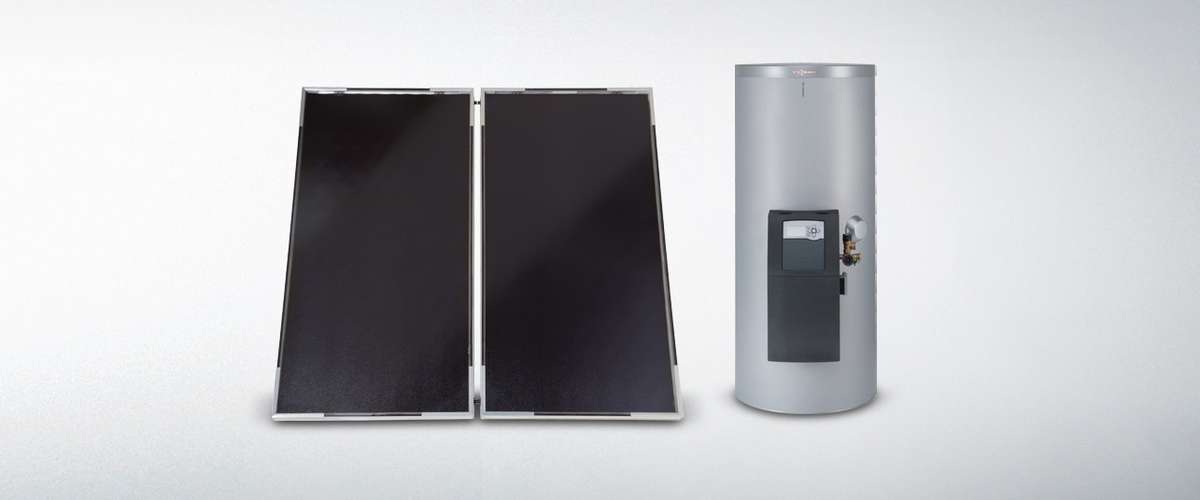













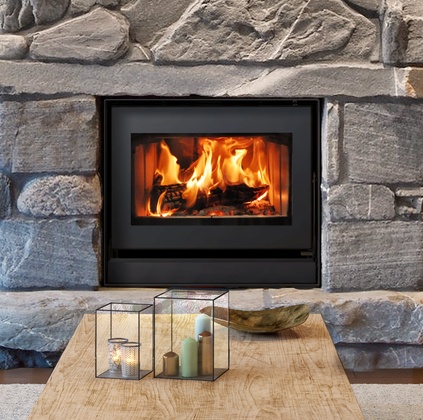

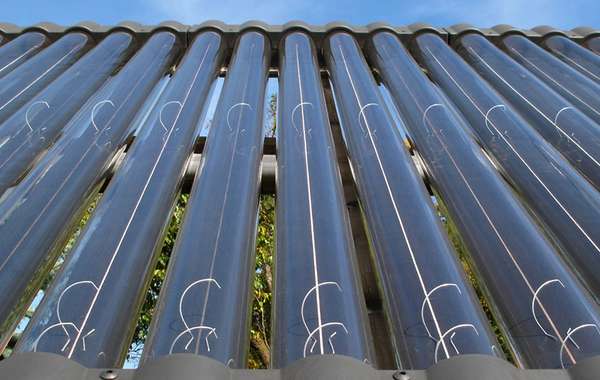
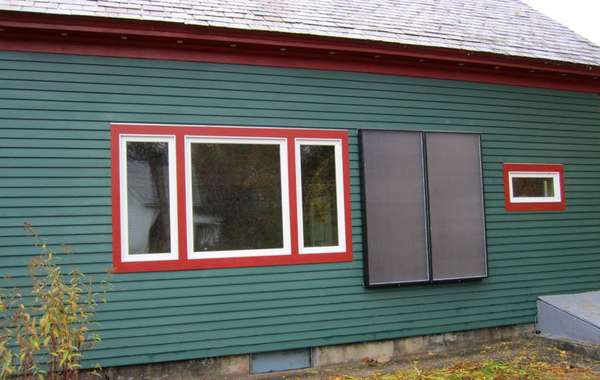
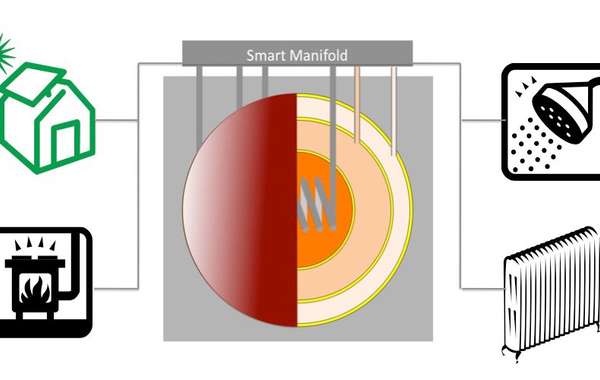
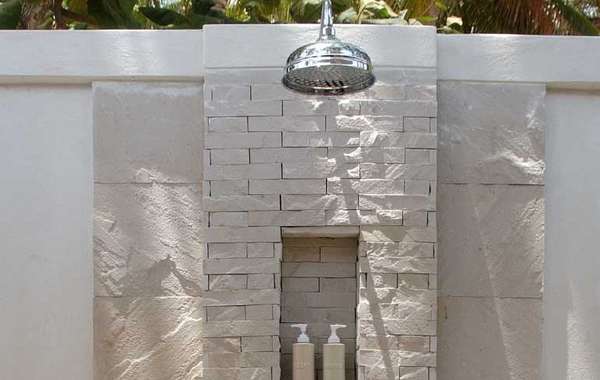
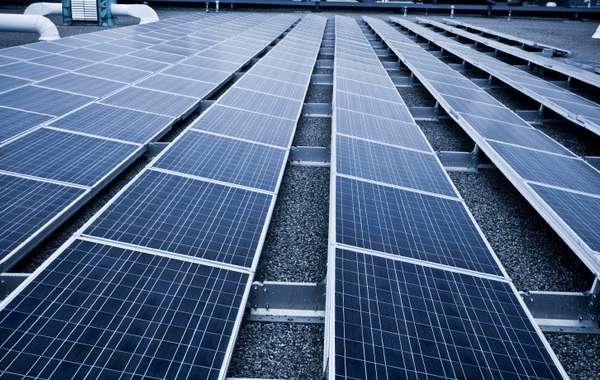
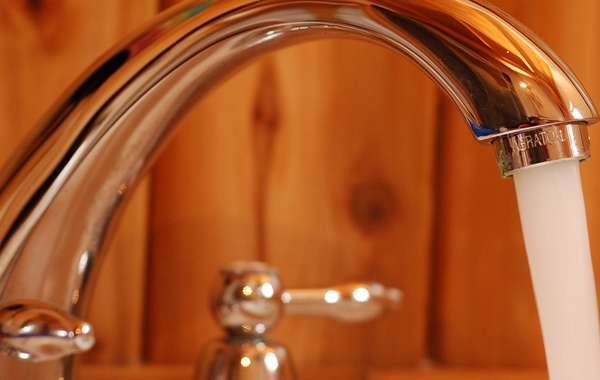
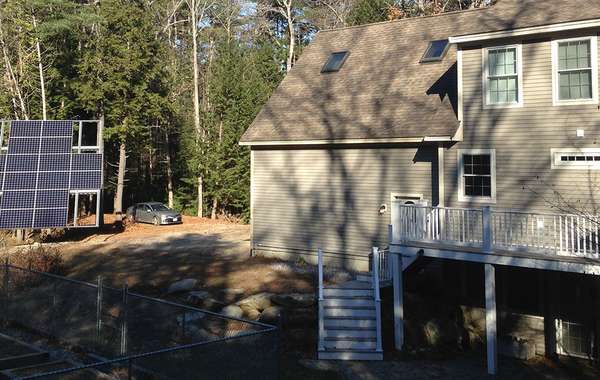
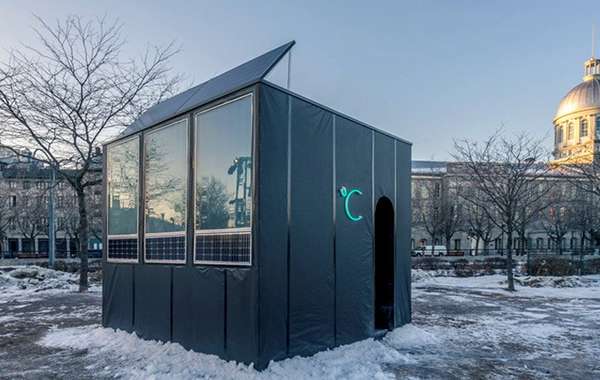
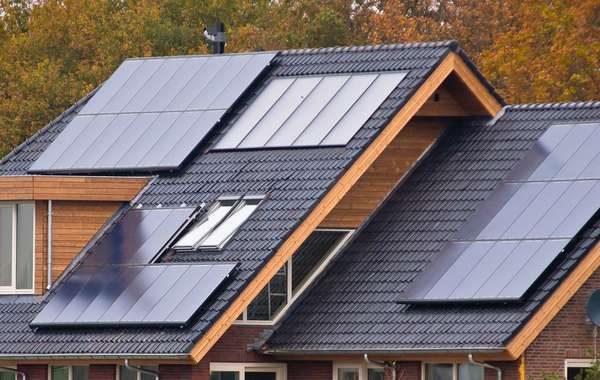
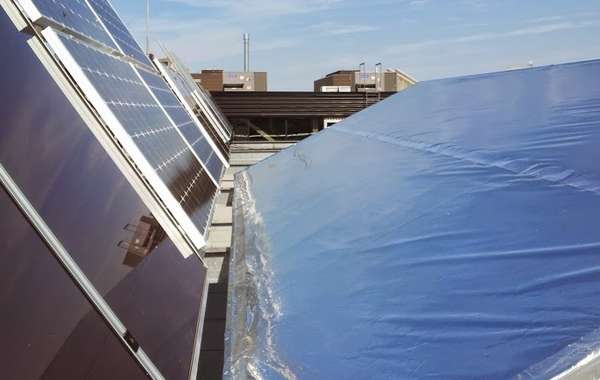

Hi Mike, I have a couple of questions: first, are the listed prices in $CDN?
And, would the Viessmann Vitosol 200-FM flat plate collector system be compatible with a tankless DHW system? (Not sure if it is relevant, but FYI, I live in the Toronto, ON area).
Thanks, Kevin